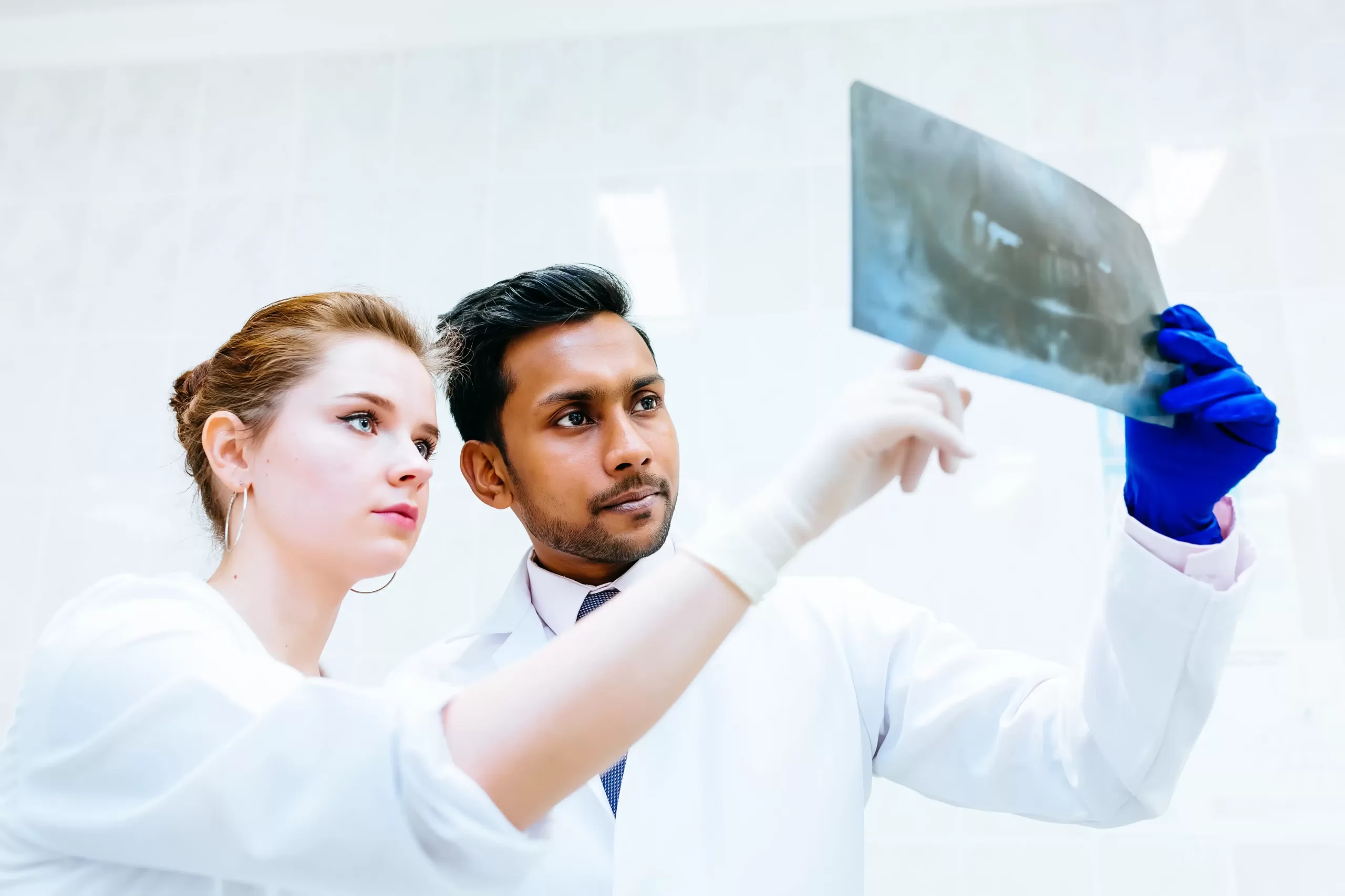Dental X-rays, also known as radiographs, have been the backbone of dental diagnosis and treatment planning for decades. Most of us are familiar with the x-ray process, but may not truly understand what is happening behind the scenes. Dental x-rays can detect problems with teeth and gums that are not visible with the naked eye, making it an essential part of preventative dental care.
In this blog post, we will dive deep into the world of x-ray dental procedures, their benefits, and how they can improve your overall oral health.
What are dental x-rays?
Dental x-rays are images of your teeth that your dentist uses to evaluate your oral health. They can help identify any visible issues, such as tooth decay or gum disease, that may not be immediately visible during a regular dental exam. X-rays can also help detect potential problems in the early stages, before they become larger and more difficult (and expensive) to treat.
How do dental x-rays work?
During a dental x-ray, the dentist or dental hygienist will place a small sensor in your mouth. This sensor is connected to a computer that captures the images. Low levels of radiation pass through your teeth and gums and hit the sensor. The computer processes these images into high-resolution images that your dentist can analyze.
Benefits of dental x-rays
The primary benefit of dental x-rays is that they can catch problems before they become major issues. X-rays can also help your dentist develop a complete treatment plan and check the results of previous treatments. Additionally, x-rays can help detect bone loss and cysts, both of which can be precursors to more serious issues.
Types of dental x-rays
There are many different types of dental x-rays, each designed to capture a specific image. Some of the most common types include bitewing, periapical, and panoramic x-rays. Bitewings are the most common, and are typically used to detect decay between teeth. Periapical x-rays are used to capture a view of the entire tooth, from the crown to the root. Panoramic x-rays capture a view of the entire mouth, including teeth, jawbones, and sinuses.
Are dental x-rays safe?
Dental x-ray procedures involve low levels of radiation, which can lead to concerns about safety. While it is true that radiation can be dangerous in high doses, the levels used in dental x-rays are very low. Advances in technology have also led to reduced exposure time and improved safety measures.
X-ray dental procedures are essential for maintaining good oral health. By detecting problems early and monitoring previous treatments, dental x-rays can help prevent major oral issues and save you money in the long run. If you have any concerns about dental x-rays, talk to your dentist. They can help explain the procedure and the benefits, and work with you to find the best course of treatment for your oral health.
Disclaimer: The content on this blog is intended for general informational purposes only. It is not a substitute for professional medical advice, diagnosis, or treatment. Always consult qualified healthcare providers for personalized advice. Information regarding plastic surgery, dental treatment, hair transplant, and other medical procedures is educational and not a guarantee of results. We do not assume liability for actions taken based on blog content. Medical knowledge evolves; verify information and consult professionals. External links do not imply endorsement. By using this blog, you agree to these terms.










